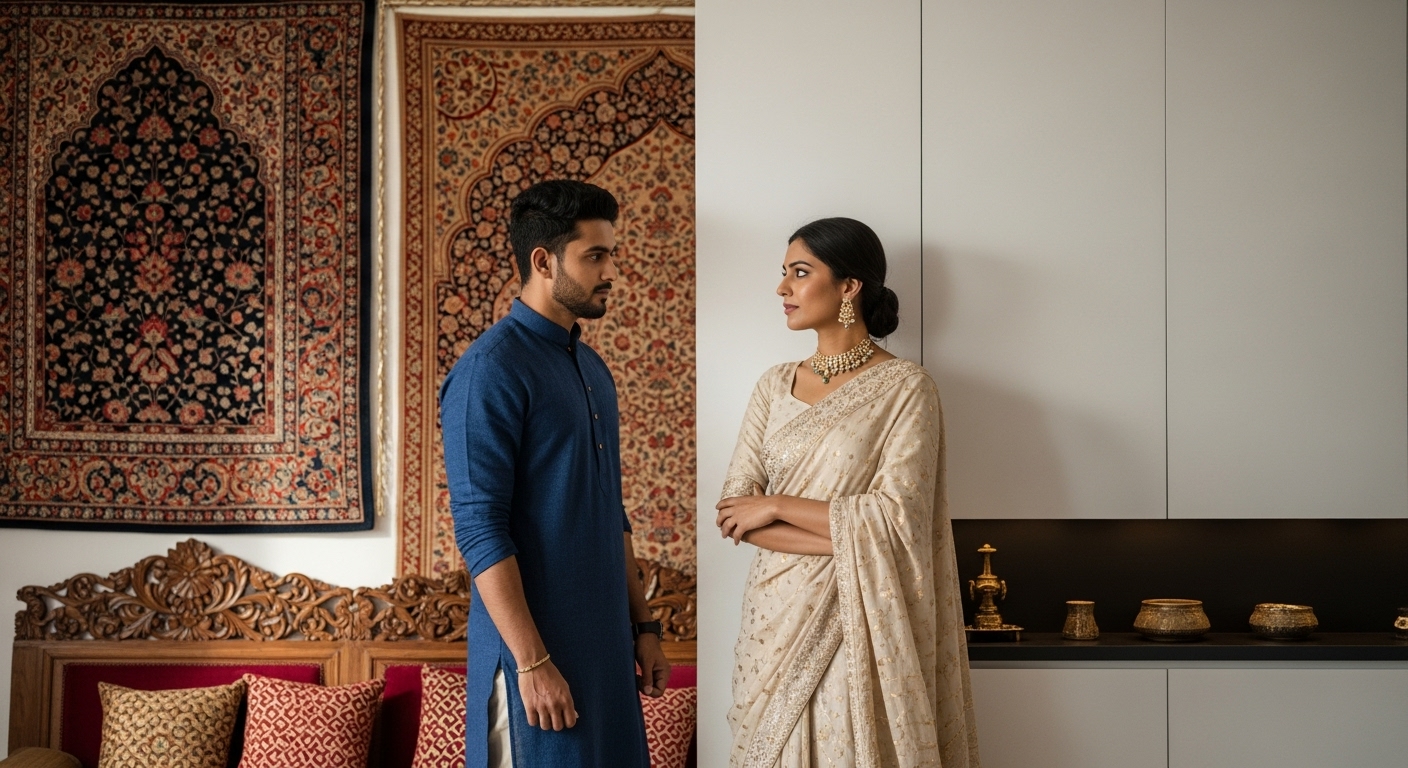Modern Indian marriages stand at a crossroads—caught between tradition and transformation. While they still carry the warmth of cultural bonds, family values, and emotional depth, they also face a new breed of pressures shaped by changing lifestyles, rising expectations, and evolving social dynamics. The conflicts aren’t always loud; many remain unspoken, silently influencing the health of relationships.
1.The Conflict Between Independence and Tradition
Couples of today desire financial, emotional, and professional liberty. However, they also manage expectations that stem from long-standing traditions. This push-and-pull frequently leads to conflict, particularly when spouses disagree on how much tradition they wish to preserve, from home responsibilities to family hierarchies.
2.The Social Comparison Weight
The pressure to exhibit a “perfect” marriage—complete with picture-perfect holidays, festivities, anniversaries, and baby announcements—has increased due to social media. Couples become unhappy, insecure, and have irrational expectations when they compare their own lives to the highlights of someone else’s.
3.Lifestyle Overload and Career Pressures
Nowadays, dual-income homes are common, but they also bring with them lengthy workdays, exhaustion, and little quality time. It can be difficult to balance professional advancement with household responsibilities, especially for women who continue to perform a disproportionate amount of emotional and domestic work.
4.Family Influence: Mild yet Powerful
Family influence has not diminished, but joint family relationships may have. The extended family is frequently involved in decisions about money, kids, housing, and even daily activities. Boundaries may be strained, and emotional conflict may result, particularly if both spouses are not in agreement.
5.The “Perfect Partner” Myth
Compatibility, financial stability, emotional maturity, physical chemistry, shared aspirations, and comparable beliefs are all idealised checklists that modern Indian individuals frequently bring into marriage. Although these expectations are reasonable, the temptation to find someone who matches every description can lead to friction and disappointment when navigating the intricacies of everyday life.
6.In the Age of Connectivity, Communication Gaps
Ironically, genuine communication has decreased despite the availability of additional options to keep in touch. Couples may converse frequently, but not in-depth. Because genuine emotional exchanges are compromised for convenience or avoidance, miscommunications worsen.
7.Gender Roles in Transition That Conflict
Today, women are supposed to be super-achievers who excel at work, take care of the home, and cultivate relationships, while men are expected to be emotionally available and supportive. Couples find it difficult to redefine roles in ways that feel equitable and long-lasting, despite the fact that this shift is beneficial.
Unspoken but straightforward, modern Indian marriages are changing rather than failing. Couples are under pressure, which is a reflection of a changing culture rather than a sign of weakness. Today’s marriages require understanding more than perfection. Mutually established boundaries rather than adherence to antiquated conventions. Open communication, not silent perseverance.
Couples can create relationships that are strong, practical, and incredibly satisfying—where love changes, develops, and flourishes with the times—by recognising these invisible pressures.

